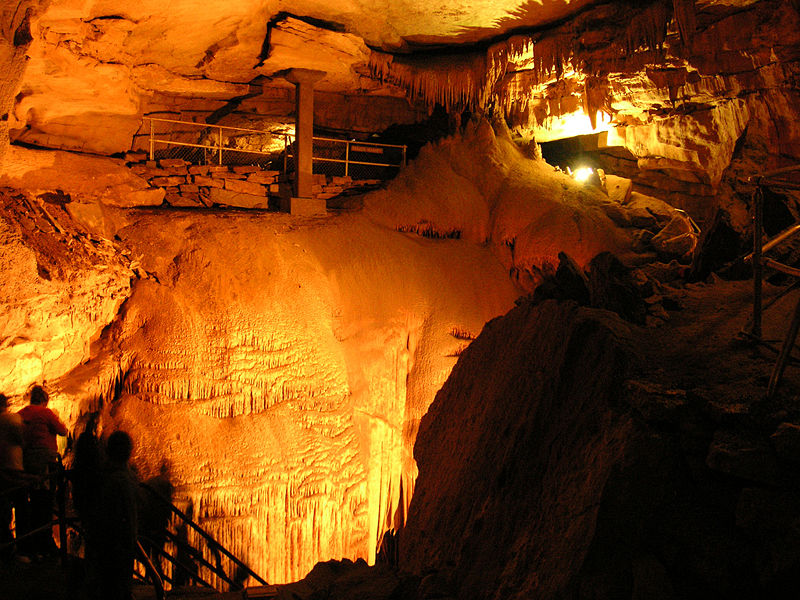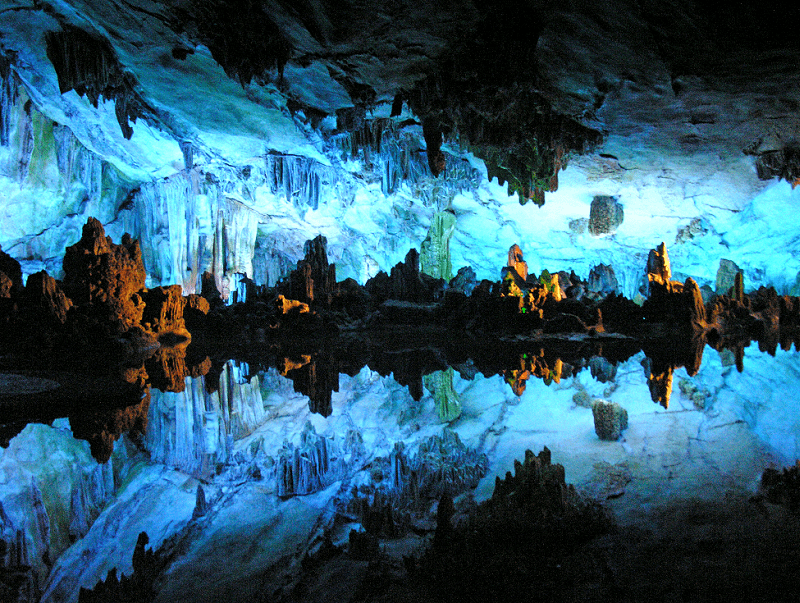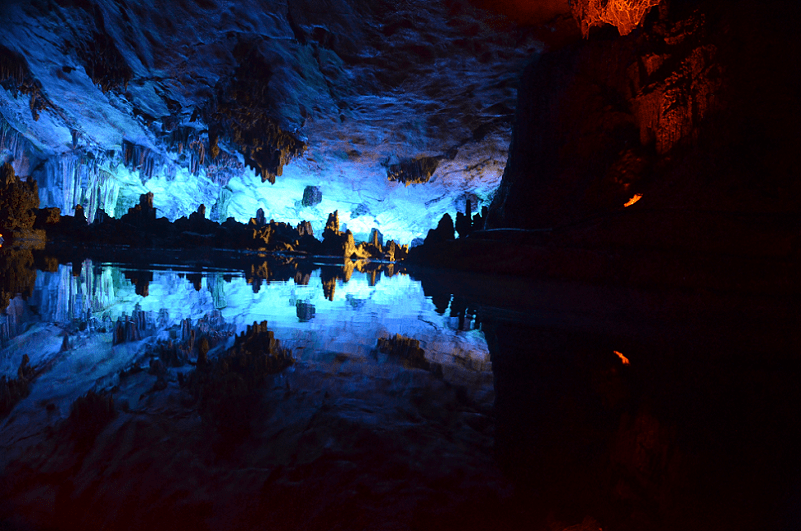Reed Flute Cave Facts
- The Reed Flute Cave represents a natural limestone cave in Guilin, Guangxi, China, in Asia. It draws its name from the presence of a species of reed growing outside the cave.
- This reed also remains rather common in the making of flutes, even today.
- The interior of this geological masterpiece sits full of a wide variety of stone pillars, stalactites, and rock formations which were created by carbonate deposition over millions of years.
- Also, among the many remarkable formations found within the cave, one even bears a strong resemblance to the Statue of Liberty, in the United States.
Related Articles



Reed Flute Cave Physical Description
The incredible Reed Flute Cave measures roughly 790 ft (240 m) in length. Heights of the roof also vary greatly from location to location over its length.
This walls of this rather astonishing natural beauty consist principally of limestone, which has been extensively eroded by water.
The cave also serves as home to numerous collections of impressive stalagmites and stalactites. These formed over thousands of years via the action of carbonate deposition.
Further, it also contains several large bodies of water.
Reed Flute Cave Human History
The Reed Flute Cave was popular to local inhabitants in ancient times. Mysteriously, people forgot about the cave for nearly 1,200 years or until the mid 20th century.
Refugees fleeing from Japanese troops in the 1940s accidentally rediscovered the cave and made it popular once again.
The cave also hides more than 70 inscriptions written in ink and dating to as early as 792 AD, in the time of the Tang Dynasty.
The inscriptions indicate that the rather long cave was a popular tourist location even then.
Features Sharing Its Region



Check out our other articles on 4 Magnificent Colorado Mammals, Japanese Hare, Sicily, Bird’s Foot Violet, Spiny Butterfly Ray, Evening Cicada, Southern Darwin’s Frog, Hermann’s Tortoise












Leave a Reply